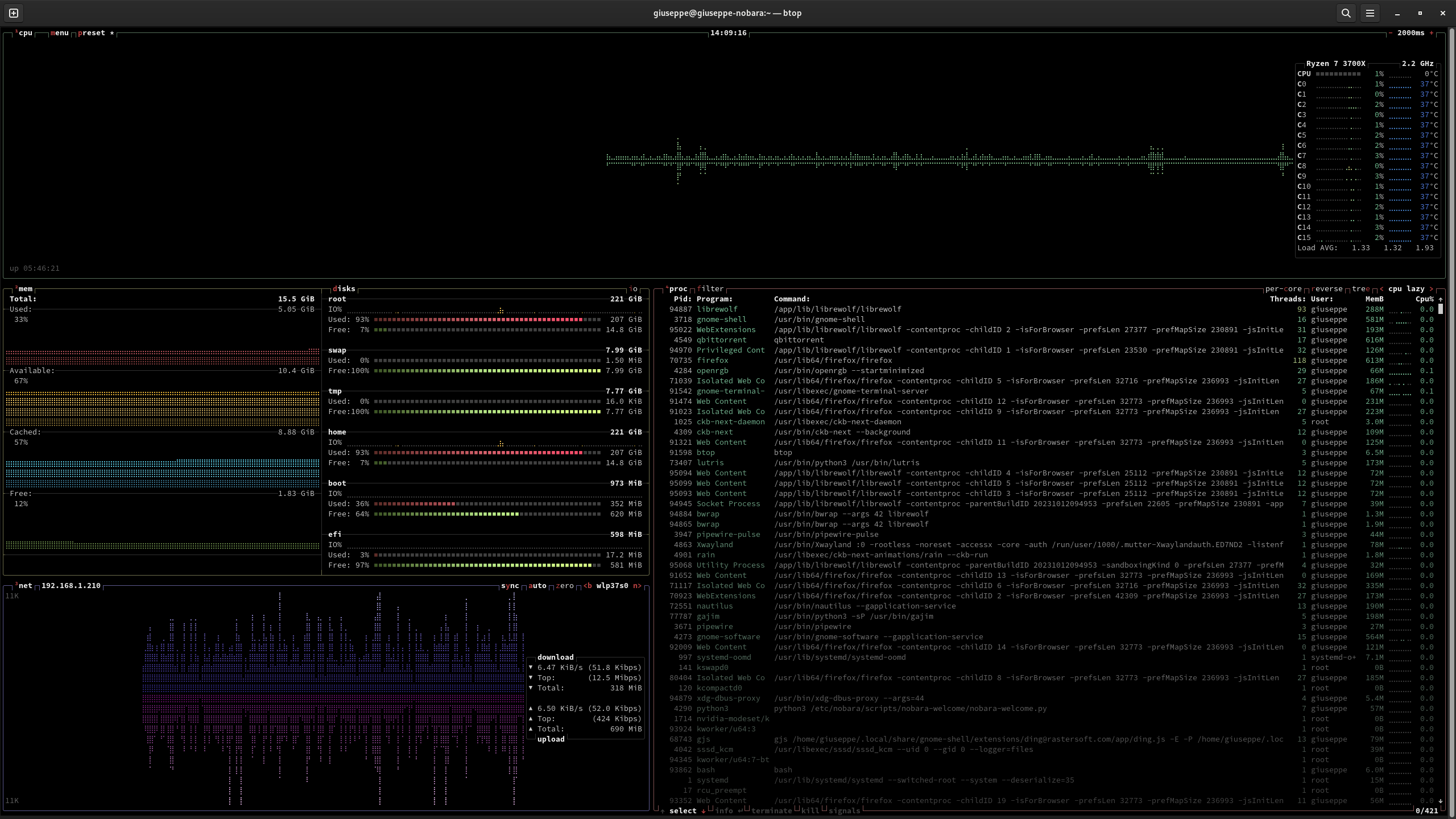this post was submitted on 02 Nov 2023
491 points (97.7% liked)
Linux
48224 readers
1018 users here now
From Wikipedia, the free encyclopedia
Linux is a family of open source Unix-like operating systems based on the Linux kernel, an operating system kernel first released on September 17, 1991 by Linus Torvalds. Linux is typically packaged in a Linux distribution (or distro for short).
Distributions include the Linux kernel and supporting system software and libraries, many of which are provided by the GNU Project. Many Linux distributions use the word "Linux" in their name, but the Free Software Foundation uses the name GNU/Linux to emphasize the importance of GNU software, causing some controversy.
Rules
- Posts must be relevant to operating systems running the Linux kernel. GNU/Linux or otherwise.
- No misinformation
- No NSFW content
- No hate speech, bigotry, etc
Related Communities
Community icon by Alpár-Etele Méder, licensed under CC BY 3.0
founded 5 years ago
MODERATORS
you are viewing a single comment's thread
view the rest of the comments
view the rest of the comments

Both are useless toys for newbie sysadmins who think their job is sitting and looking at list of processes.
Teach me how to know which process is hogging my memory or CPU, in less than 5 steps without htop?
do you experience that often ? anyway, the plain, basic 'top' command can provide it to you. There's literally a column %CPU and %MEM
This. Type
f, select%MEM, then typesandq.Nice gatekeeping.
I mean, you do sometimes need to check out which processes are running to debug
Aren't
toporpgrepenough for that?If it looks better and does the same thing efficiently, I’ll take the thing that looks better.
You have a pre-installed tool and a tool that looks better but which you need to install. When you need it for a rare task, and you administer many machines, it is easier to use what you already have on each of them.
Do these programs not work over SSH?
Sorry, I don't understand what you are talking about. Yes, you can run them in SSH session. No, you still need to have them installed on the remote machine to do this. And installing diagnostic tools is not only time consuming, sometimes it can be even impossible if you already get in troubles (and if you did not, why would you need them?).
Hmm, that’s a fair argument. I’m pretty sure new server installations can just have their default program list modified though.
It's not even about sysadmins, it's just hacker wannabe. tomorrow they will say "coz I waNt to maSter mo sYstem".
yep good luck in auditing the 1.5k packages installed on your system.
Cringe take. I'ts just a fun pretty system monitor tool. I work as a senior cloud architect. I have 10 years of pretty heavy professional and home Linux usage and I just installed it on my home server because I have a unused 1/3 on one of my monitors at home where it can just live forever inside tmux.
It's fun to see Plex take more resources because someone started a stream, or see the different parts of kubernetes working when I start a few containers. I have also added a drive to my btrfs raid so I was interested in seeing what kinda load the re balance did on the system over time. Turns out not much. It's a fun tool.
I use different tools on the several Azure environments I am part of maintaining lol.